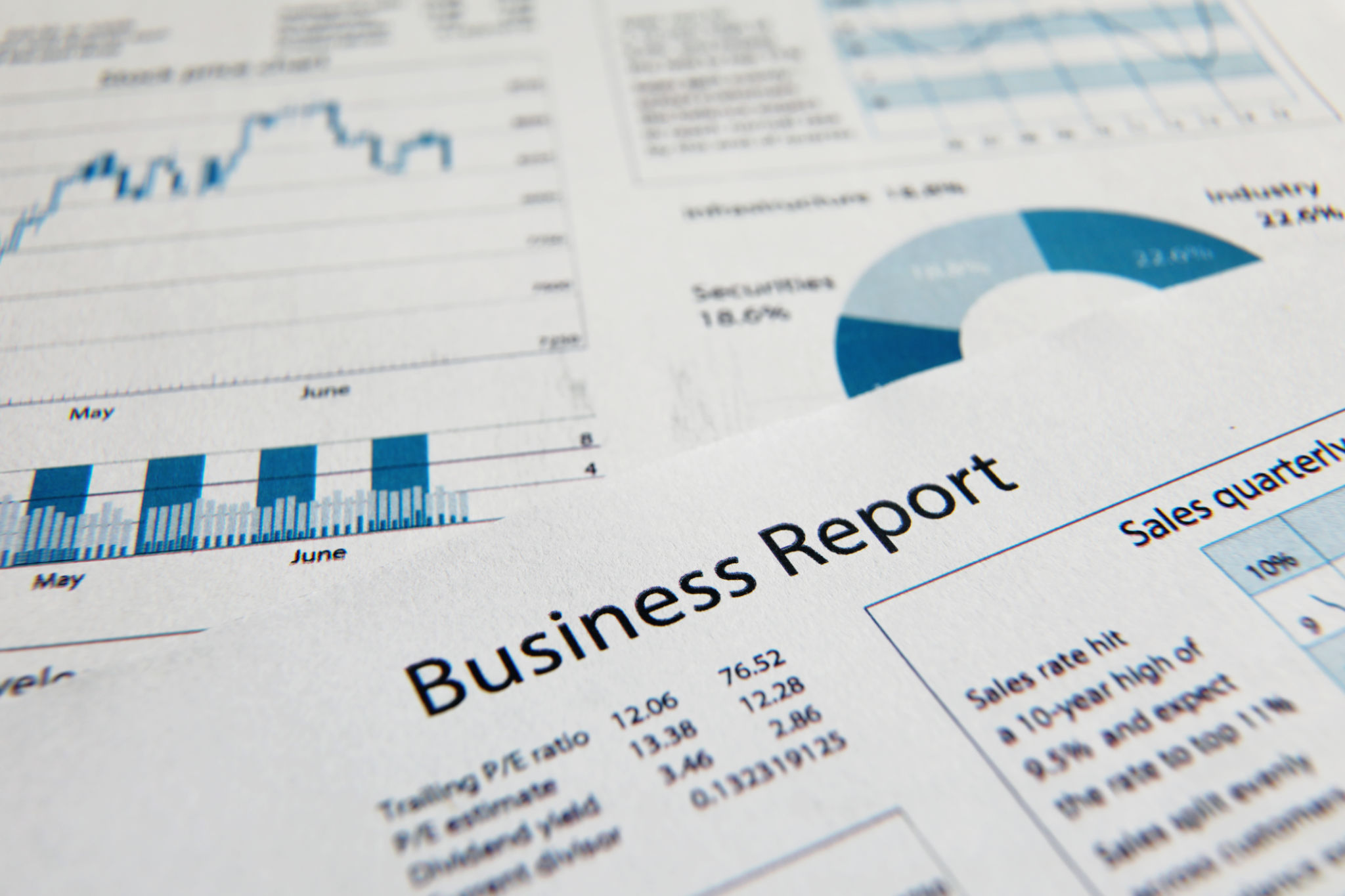Know Your Numbers: 5 Must-Have Financial Reports Every Business Owner Should Understand
Let’s be honest — if financial reports were a Netflix category, most entrepreneurs would hit “Skip Intro.” But those boring-looking spreadsheets? They hold the key to your business’s story, growth, and long-term survival.
Whether you're a solo founder or running a growing team, understanding your financial reports isn't just for your accountant. It's your business. Your numbers. Your money. And the more you know, the more confidently you can make decisions, spot opportunities, and avoid financial oopsies.

So let’s break it down. No jargon. No MBA required. Just five essential financial reports every business owner (yep, even you) should understand — and how they can actually help you run a smarter, more profitable business.
1. Profit & Loss Statement (a.k.a. Income Statement)
AKA: Your Business’s Report Card
This is the one you'll probably see most often. It’s the go-to report for seeing if your business is actually making money or just working really hard for nothing.
What it shows:
- Revenue (a.k.a. sales, income, cash inflow — however you like to call it)
- Expenses (rent, payroll, software, coffee runs that “totally count as team meetings”)
- Net income (profit!) or net loss (ouch)
Why it matters:
Think of it like a movie trailer — it gives you a quick snapshot of what happened in a certain time period. Monthly, quarterly, or yearly — however you slice it, the Profit & Loss (P&L) shows if your business is trending in the right direction or bleeding money somewhere.
Real-world use:
→ Deciding if you can afford to hire
→ Figuring out if a product line is actually profitable
→ Seeing how your expenses compare to last month
Pro tip: Review it monthly — even if your accountant doesn’t bug you. It’ll help you get cozy with your business’s rhythm.

2. Balance Sheet
AKA: What You Own vs. What You Owe
The balance sheet can feel intimidating — mostly because it looks like a math equation in disguise. But don’t stress. This report shows the overall health of your business at a specific point in time.
What it shows:
- Assets (Cash, accounts receivable, equipment, inventory)
- Liabilities (Credit cards, loans, bills you owe)
- Equity (What’s left for you, the owner, after debts are paid)
Why it matters:
The balance sheet is like a snapshot of your business's financial strength. It shows what you have, what you owe, and how much your business is actually worth.
Real-world use:
→ Applying for a loan or line of credit
→ Tracking how much debt your business is carrying
→ Making investment or expansion decisions
Pro tip: A strong balance sheet doesn’t always mean lots of cash. It means smart, manageable debt and healthy reserves.

3. Cash Flow Statement
AKA: Where Your Money Actually Goes
Ever looked at your P&L and thought, “Wait, I made money last month. Why is my bank account still crying?” Enter the cash flow statement — the report that bridges that confusion.
What it shows:
- Cash in from sales, loans, or investments
- Cash out for bills, payroll, loan payments, taxes
- Net cash movement (Are you gaining or losing cash each month?)
Why it matters:
Profit is great. But cash is king. You can be profitable on paper but broke in real life. This report shows whether you’re actually generating cash or just spinning your wheels.
Real-world use:
→ Planning for seasonal dips
→ Making sure you have enough to cover payroll
→ Knowing when it’s safe to invest in something new
Pro tip: Look for trends — is your cash flow consistently negative? Time to investigate.

4. Accounts Receivable Aging Report
AKA: Who Still Owes You Money
This one's a small business lifesaver. It breaks down who owes you money, how much, and how long it’s been overdue. You know, so you’re not chasing invoices from 3 months ago without even realizing it.
What it shows:
- List of unpaid customer invoices
- How long each invoice has been outstanding (0–30 days, 31–60, 60+)
- Total amount owed to you
Why it matters:
Cash flow often gets choked by late-paying clients. Knowing exactly who’s dragging their feet helps you follow up, tighten payment terms, or even flag potential problem customers.
Real-world use:
→ Following up on unpaid invoices
→ Flagging habitual late-payers
→ Deciding when to pause work until payment comes in
Pro tip: Send friendly reminders before invoices are due. It beats playing debt collector later.

5. Budget vs. Actual Report
AKA: The Reality Check
Planning a budget feels responsible. Sticking to it? That’s where the magic happens. This report compares what you expected to earn/spend vs. what actually happened.
What it shows:
- Budgeted income & expenses
- Actual income & expenses
- Variance (The difference between the two)
Why it matters:
It keeps you honest. You might think you’re staying on track — but this report tells you if your actuals match your assumptions.
Real-world use:
→ Spotting overspending early
→ Adjusting plans for the next quarter
→ Holding your team (and yourself) accountable
Pro tip: Don’t be discouraged by variance — use it to learn and course correct.

Bonus: Management Reports (aka the VIP Dashboard)
If you’re working with a bookkeeper, accountant, or fractional CFO, they might roll all these into one neat little package just for you — a monthly report that includes:
- P&L
- Balance Sheet
- Cash Flow
- Key metrics (gross profit margin, client acquisition cost, etc.)
- Custom insights or graphs
It’s like getting the executive summary of your business’s financial story, month after month.
So, How Often Should You Look at These Reports?
- Profit & Loss - Monthly
- Balance Sheet - Monthly or Quarterly
- Cash Flow Statement - Monthly
- A/R Aging Report - Bi-weekly or Monthly
- Budget vs. Actual - Monthly or Quarterly

Final Thoughts: Don’t Fear the Numbers
Financial reports aren’t just for tax time or investor meetings. They’re for you. They help you steer the ship, even when waters get choppy. And the more you check in with them, the more confident and proactive you’ll become.
If all this still feels like a foreign language? That’s where a good bookkeeper comes in. Someone who can translate the numbers, highlight what matters, and help you make smarter decisions faster.
Because at the end of the day, clean books = clear mind = better business.
Want Help Reading Your Reports?
If your financial reports are collecting digital dust in your inbox — or worse, you don’t even have them — let’s fix that. At Fiscal Sense, we help small business owners turn their numbers into growth strategies (without the jargon).
👉 Book a free call today and let’s get your financial story straight.
